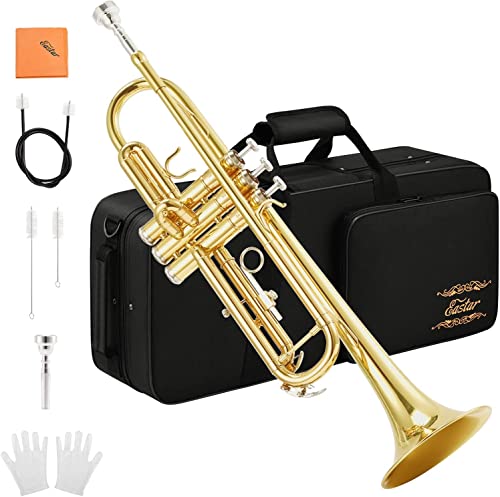Understanding Trumpet Arpeggios
If you’re a new trumpet player or even experienced, you may have heard the term “arpeggios” used in reference to playing the trumpet. Arpeggios are simply chords that are broken up into individual notes and played one at a time. Arpeggios can add a unique sound and dynamic to your trumpet playing. Here’s how to play trumpet arpeggios.
Mastering the Basic Arpeggios
Beginners should start with the basic arpeggios: Major, Minor, Dominant 7th, and Diminished. The Major and Minor arpeggios are the simplest, with the Major arpeggio consisting of the first, third, and fifth notes in the Major scale, and the Minor arpeggio consisting of the first, third, and fifth notes in the Minor scale. Dominant 7th arpeggios consist of the first, third, fifth, and flat seventh notes in the Major scale, while dimished arpeggios consist of a pattern of minor thirds.
Playing More Complex Arpeggios
Once you’ve mastered the basic arpeggios, you can start playing more complex arpeggios. You can create different arpeggios by applying different formulas to different scales. For example, the Major 7th arpeggio consists of the first, third, fifth, and Major 7th notes in the Major scale. The Minor Major 7th consists of the first, flat third, fifth, and Major 7th notes in the Minor scale
Exercises to Build Technique
As with any instrument, building technical skill is essential. There are a variety of exercises designed to help you build your skills and technique with arpeggios. One exercise you can try is playing the arpeggios in different keys, starting from the lowest note and playing up to the highest note you can comfortably play. Another exercise is to play the arpeggios in different rhythms, such as triplets or sixteenth notes.
Putting Arpeggios Into Practice
Once you’ve got the basics down and feel confident playing arpeggios, it’s time to start incorporating them into your playing. Arpeggios can be used to add color and texture to your solos, and can be incorporated into chord progressions to create interesting sounds. Experiment with different ways to use arpeggios and have fun with it!






